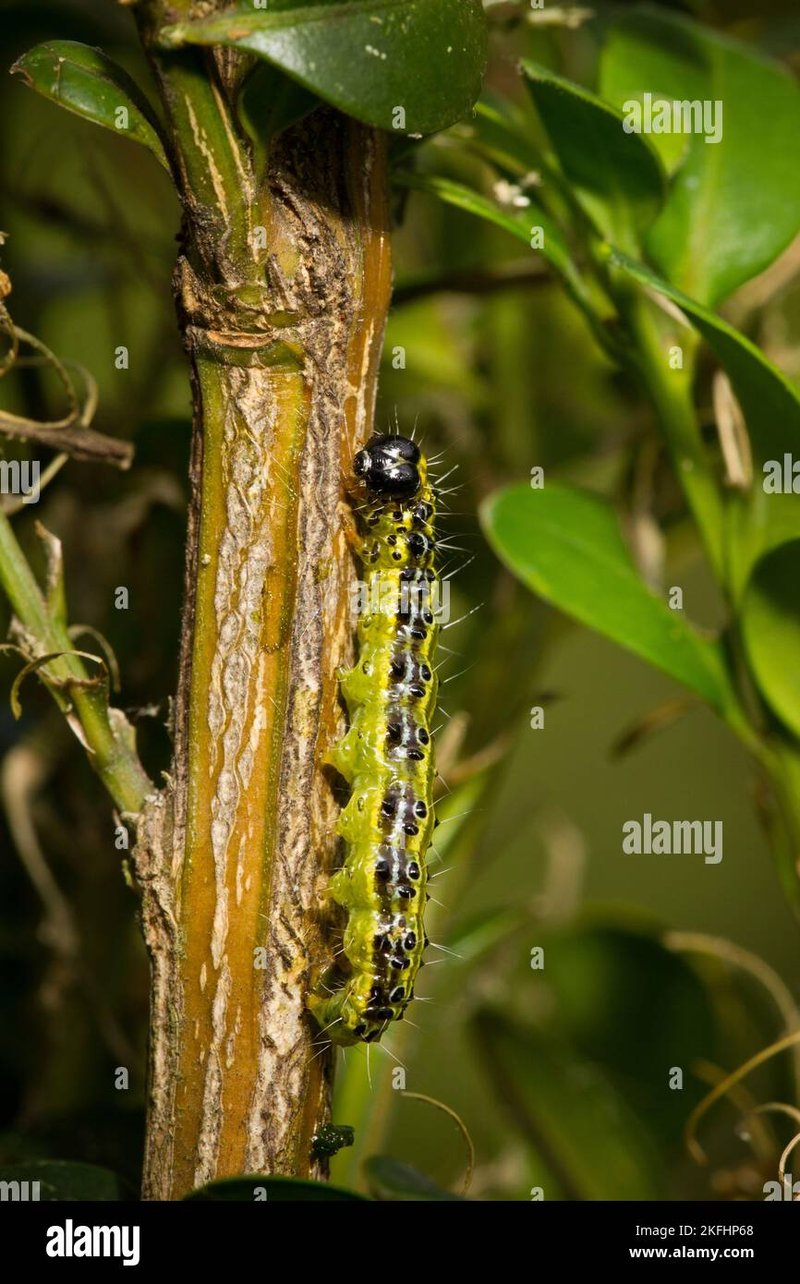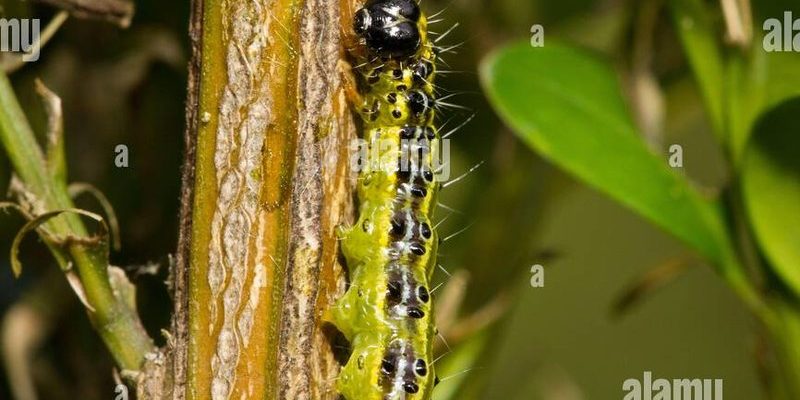
Imagine trees as complex ecosystems. They’re not just giant plants; they support a whole world of creatures, from birds to insects. Inchworms, specifically, can serve as bioindicators. This means they react to changes in their environment, especially conditions that could affect trees. Observing these tiny critters can help us understand if our trees are thriving or struggling. So, let’s take a deep dive into how inchworms work as bioindicators of tree health.
What Are Inchworms?
Inchworms are not really worms at all; they’re the larvae of moths belonging to various species. Their name comes from their unique way of moving, which looks like they’re measuring the distance they travel. They “inch” forward by contracting and elongating their bodies. This fascinating movement is part of what makes them interesting, but it’s not just their dance that’s captivating—it’s their role in the ecosystem.
Inchworms spend most of their lives munching on tree leaves, which, in moderation, is perfectly normal. But these little guys can become problematic if their populations skyrocket. When you notice leaf damage at a larger scale, it might be time to pay attention. If you see an unusual number of inchworms, it could indicate that the tree is under stress, possibly due to environmental factors or diseases.
Monitoring inchworms isn’t just about what you see on the surface. Their presence—or lack of it—can hint at the broader health of the ecosystem around them. Just like noticing a friend is unusually quiet can spark concern, seeing an uptick in inchworm activity can signal that something might be off with our trees.
Why Are Inchworms Important?
When it comes to trees and forests, everything is interconnected. Inchworms play a valuable role in this intricate web. Not only do they help in breaking down and recycling nutrients by feeding on leaves, but they also serve as food for other animals, like birds. This means that their health can directly impact many other creatures in the ecosystem.
Monitoring these insects provides an important feedback loop on tree health. A rise in inchworm populations can indicate that a tree is stressed, which might be due to factors like drought, pollution, or disease. These stressors can disrupt the balance of the ecosystem. By paying attention to inchworm activity, we can catch potential issues before they escalate, allowing for proactive care of our trees.
Moreover, monitoring inchworms can help scientists and conservationists make informed decisions. If a particular tree species exhibits high inchworm populations consistently, it might signal a need for research into pest management or even habitat restoration.
How to Monitor Inchworm Populations
Getting started with monitoring inchworms doesn’t have to be complicated. Here’s a straightforward approach to keep an eye on these critters:
- Choose Your Trees: Focus on healthy trees you can observe regularly.
- Visual Inspections: Look for any leaf damage or unusual movements on branches, especially in spring and early summer when inchworm activity peaks.
- Record Observations: Keep a simple log of what you see. Note the number of inchworms and any leaf damage.
- Identify Species: If you can, try to identify the specific type of inchworm. Different species may react differently to environmental stressors.
Consistency is key. You might check your trees weekly or bi-weekly, depending on how invested you are. This way, you can catch trends over time. And don’t worry—it’s meant to be easy and fun! Think of it like your own little science project in the great outdoors.
Understanding the Signals of Tree Stress
When you start monitoring inchworms, you want to be aware of what their presence—or absence—might signal. Here are some common signs of tree stress linked to inchworm activity:
- High Populations: An outburst of inchworms could mean the trees are struggling with environmental factors.
- Leaf Damage: Look for holes, skeletonizing, or complete defoliation. If trees are losing leaves rapidly, it’s a red flag.
- Tree Health Symptoms: Yellowing leaves, fewer buds in spring, or increased susceptibility to diseases can all tie back to inchworm populations.
Here’s the thing: addressing tree stress early can save trees from long-term damage. If you notice signs of distress, consider consulting an arborist or local extension service. They can provide guidance on best practices for tree health.
Encouraging Healthy Ecosystems
Beyond just monitoring inchworms, there are ways to promote healthy ecosystems around your trees. Here are some simple actions you might consider:
- Plant Diversity: Encourage a variety of plants around your trees. This can attract natural predators of inchworms, like birds and parasitic wasps.
- Healthy Soil: Ensure your trees have nutrient-rich soil. This helps them withstand pest pressures.
- Avoid Pesticides: Using pesticides might reduce inchworm populations, but they can also harm beneficial insects and disrupt the ecosystem.
By creating a balanced environment, you can support not just the trees but the entire ecosystem they thrive within. It’s like being part of a larger community, where every action you take can have a ripple effect.
Final Thoughts on Inchworm Monitoring
So, what have we learned about **monitoring inchworms as bioindicators of tree health**? These tiny creatures can tell us a lot about the state of our trees and, by extension, the environment. By observing them, we can take proactive steps to keep our trees healthy and vibrant.
Next time you’re out enjoying nature, take a moment to look closer at those inchworms. You might find they hold more information than you expected. It’s a simple yet impactful way to contribute to the well-being of our planet. Engaging with nature—whether by observing inchworms or caring for trees—can be incredibly rewarding. So, grab a notebook, head outside, and start your own monitoring mission today!

